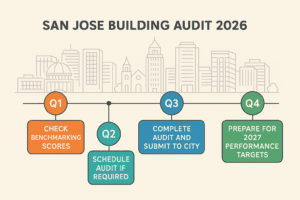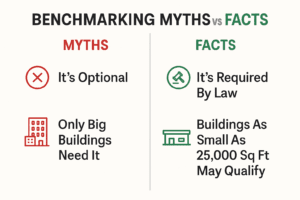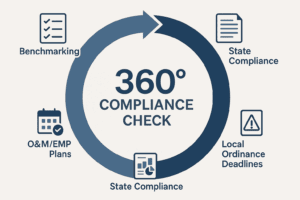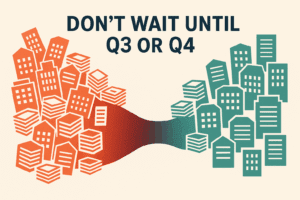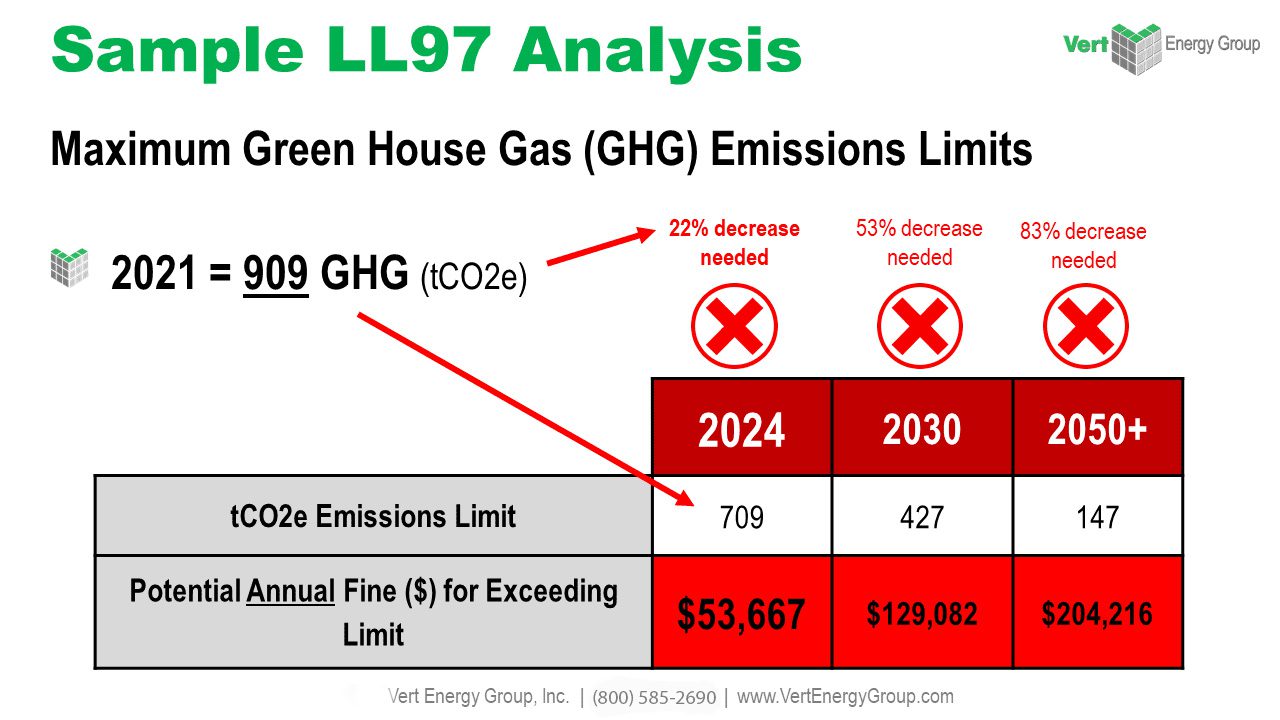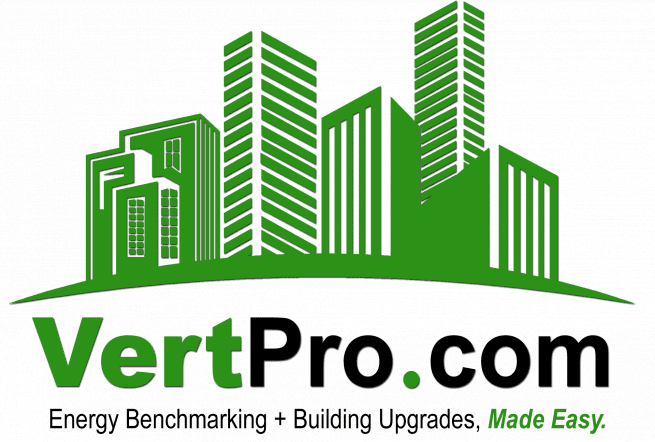In the construction industry, the importance of meticulous documentation cannot be overstated. It is the foundation upon which all successful projects are built. With the evolution of Building Information Modeling (BIM), the realm of construction documentation has witnessed a revolutionary shift, promising greater precision and efficiency.
I. Introduction
In the world of construction, documentation is the circulatory system of any project. It includes detailed instructions, plans, and drawings—architectural, structural, MEP (mechanical, electrical, plumbing), and beyond—that guide a project from its nascent stages through to final construction. With recent technological advancements, Building Information Modeling (BIM) has become a cornerstone in this essential process, enhancing the way construction professionals visualize, plan, and manage projects.
BIM is more than a mere 3D design tool; it is a comprehensive process that facilitates the optimum use of information for building projects. By integrating BIM into construction documentation, professionals can achieve a higher level of precision and control, leading to significant improvements in construction quality and efficiency.
II. Understanding Bim (Building Information Modeling)

To fully appreciate the influence of BIM on construction documentation, a deeper dive into what BIM entails is necessary.
What is BIM?
BIM is a collaborative process aided by various technology and software that creates a digital representation of the physical and functional characteristics of a facility. At its core, BIM is about more than just 3D modeling; it’s a shift in the way construction projects are planned, designed, managed, and operated.
Brief history & evolution of BIM
The trajectory of BIM’s evolution is a tale of technological adaptation and advancement, with its roots tracing back to the introduction of CAD (Computer-Aided Design). A historical overview of BIM reveals that its development has been marked by the continuous integration of new technologies that enhance collaboration and data management capabilities.
III. The Advantages of BIM in Construction Documentation
Adopting BIM comes with a multitude of benefits that enhance traditional construction documentation practices:
Increased Accuracy
One of the most noteworthy advantages of BIM is the incredible accuracy it offers. With BIM, measurements are precise, and data integrity is maintained, drastically reducing the margin for error. This accuracy helps in predicting the performance of buildings even before they are built.
Improved Collaboration
BIM’s collaborative framework allows all stakeholders to work from a unified model. This approach enhances communication and coordination, ensuring that everyone has access to the latest information. Improved collaboration significantly reduces the instances of miscommunication that can lead to project delays and cost overruns.
Streamlined Updates & Modifications
Changes in design can be implemented quickly and efficiently within the BIM model, with updates propagated across all documentations automatically. This not only reduces duplication but also ensures consistency across the project documentation.
Enhanced Visualization
BIM offers powerful visualization tools that go far beyond traditional blueprints. Stakeholders can virtually walk through the model, gaining a clear understanding of the proposed work in the real-world context. This enhanced capability aids in more informed decision-making and better project outcomes.
Reduced Errors & Omissions
With BIM, potential conflicts or design issues can be spotted and resolved early in the process, helping to avoid costly mistakes during construction. This proactive approach to identifying and correcting errors results in a smoother, more efficient construction process.
IV. Role of Bim in Different Phases of Construction Documentation
BIM presents numerous applications across the various phases of the construction process:
Conceptual Phase
During conceptualization, BIM’s rapid prototyping allows for multiple iterations to be explored with minimal effort, giving life to the architect’s vision in a tangible form.
Design Development Phase
As designs become more detailed, BIM facilitates the creation of comprehensive construction documentation. It serves as a single source of truth, with all project information embedded within the model.
Construction Phase
During construction, BIM serves as a critical tool for visualization, clash detection, and sequencing. This leads to a more streamlined build process, where errors are minimized, and efficiency is maximized.
Post-Construction Phase
Finally, BIM models are invaluable for post-construction activities like facilities management, enabling a detailed overview of building systems and aiding in maintenance and operations.
V. Overcoming Barriers in Implementing Bim for Construction Documentation
Despite the clear benefits, the adoption of BIM comes with challenges that need to be acknowledged and addressed:
Understanding potential obstacles
Resistance to change, software interoperability issues, and the perceived high cost of entry represent significant obstacles to BIM adoption. These challenges can impede progress and discourage firms from fully committing to BIM.
Solutions and ways to overcome these obstacles
Overcoming these barriers requires a strategic approach, including ongoing education and training, selecting BIM-compatible software, and understanding the long-term ROI that BIM brings. Embracing change and fostering a collaborative culture is crucial for successful BIM implementation.
VI. Integrating BIM with Green Building Practices
As the world becomes more environmentally conscious, BIM proves to be an ally in the promotion of sustainable construction practices. Through simulation and analysis, BIM facilitates energy-efficient building designs, the selection of sustainable materials, and the overall reduction of the environmental footprint of construction projects.
VII. Future Perspective – Bim and Construction Documentation

The future of BIM extends beyond current capabilities. With the integration of AI and machine learning, BIM is poised to bring about automated design assistance, predictive analytics, and more sophisticated simulation tools. These emerging technologies will further revolutionize construction documentation, making the process smarter and more adaptive.
VIII. Conclusion
The relationship between BIM and construction documentation marks a new era in construction management. With its impressive suite of benefits, BIM is setting a new standard, enhancing every facet of the building process and promising a future where construction projects are smarter, faster, and more cost-effective.
Embracing BIM is an investment in the future of construction. As BIM continues to evolve and integrate with emerging technologies, its significance in construction documentation can only be expected to increase, driving efficiency and innovation in the AEC industry.
By recognizing the pivotal role of Bim technology in construction, we can look forward to an era of smarter planning, design, and execution within the construction sphere. It’s an exciting time, with BIM at the forefront, ushering in the next wave of construction excellence.
VertPro.com is the go-to hub for contractors dedicated to elevating energy performance upgrades for their clients. Our expansive suite of offerings includes expert Commercial Energy Audits, adept Benchmark Compliance consultation, and expansive Construction Marketplace. At VertPro®, we pride ourselves on delivering cutting-edge SaaS technology solutions that simplify the journey through Energy Benchmarking, and Energy Audits/RCx Plus, all while maintaining full compliance with a myriad of more than 60 Energy Benchmarking and Energy Efficiency Regulations nationwide.
At VertPro.com, we don’t just provide the insights and tools for energy management; we also bridge connections between qualified contractors and our client base, eager to upgrade their buildings. This creates a Marketplace where you can expand your project portfolio, ensuring that you’ll have more opportunities to apply your skills and grow your business.

